Why Does 304 Stainless Steel Pipe Weld Crack? Causes and Solutions
Welding is an important link in metal processing and is widely used in many fields. Only by ensuring the quality of the product can the safety of the product be improved. However, welding defects are extremely unfavorable factors in production. Cracks are a common and dangerous defect that not only scraps the product, but may also cause major accidents. Therefore, it is necessary to find out the cause of welding cracks in 304 stainless steel pipes.
According to the different temperatures and times of generation, cracks can be divided into hot cracks, cold cracks, stress corrosion cracks, and delamination tears. The formation of cracks in the welding process is different. Cracks are visible on the welding surface and can be seen by the naked eye; some can be hidden inside the weld and can be found by flaw detection; some are on the weld and some are in the heat-affected zone. It should be noted that cracks sometimes appear during the welding process, and sometimes they appear only after being put in or running for a period of time after welding. The latter is called delayed cracks, which are harmful.
1. Hot cracks: Due to crystallization at high temperatures and fracture along grain boundaries, they are also called crystallization cracks. Microscopically, the crack is characterized by intergranular fracture, and the oxidation color dominates the crack section. This is due to the segregation of the welding molten pool during the crystallization process, and the precipitates are mainly low-melting eutectics and impurities. It is a liquid phase layer during crystallization, and the high-temperature strength is also low during crystallization solidification. Under certain conditions, when the welding tensile stress is high, the melt will separate or break in layers, causing the melt to melt.
2. Cold cracks: Most of them occur in the heat-affected zone, and sometimes in the weld metal. Cold cracks are mainly manifested as cracking inside the grain, and there is no obvious oxidation color on the fracture section, and the fracture is shiny.
3. Pressure corrosion cracks: The delayed fracture of 304 stainless steel pipes under certain special media and tensile stress has no obvious uniform corrosion marks, and the observed stress corrosion cracks are cracks and discontinuous. On the weld surface, most of them are transverse cracks. When stress corrosion cracks appear inside the metal, its morphology is similar to that of a tree root, and it is a typical brittle fracture from the fracture morphology. For austenitic stainless steel, due to the different corrosive media, the nature of the cracks will also change, either intergranular cracks or mixed cracks of transgranular and intergranular cracks. In chlorinated media, stress corrosion cracking of austenitic stainless steel is transgranular cracking.
Stainless steel seamless pipes are more commonly used equipment in life now, but there will be certain defects in the processing and welding process, which will lead to stress concentration, reduce bearing capacity, shorten service life, and even cause brittle fracture. This will affect the quality of the finished product, resulting in a low quality rate of the finished product. We must analyze the reasons as soon as possible and choose effective methods to prevent and control them. Let's talk about the common causes of processing defects of stainless steel seamless pipes.
1. Arc pits
The sunken part produced at the end of the weld of sanitary stainless steel seamless pipes is called arc pits. The arc pit not only seriously weakens the strength of the weld at this location, but also produces arc pit cracks due to the concentration of impurities.
Causes: Mainly due to the short arc extinction residence time; excessive current during thin plate welding.
Preventive measures: When the arc is closed, the electrode should stay for a while at the molten pool or move in a circular motion, and then lead to one side to extinguish the arc after the molten pool metal is filled; when tungsten inert gas arc welding, there should be enough stay time, and the arc should be attenuated and extinguished after the weld is filled.
2. Incomplete penetration
Incomplete penetration refers to the phenomenon that the root of the weld joint is not completely melted during the welding of stainless steel welded pipes. Incomplete penetration will cause stress concentration and easily cause cracks. Important welded joints are not allowed to have incomplete penetration.
Causes: Too small groove angle or gap, too large blunt edge, poor assembly; improper selection of welding process parameters, too small welding current, too fast welding speed; poor welder operation technology, etc.
Preventive measures: Correctly select and process groove size, reasonably assemble, ensure gap, select appropriate welding current and welding speed, improve welder's operation technology level, etc.
3. Incomplete fusion
Incomplete fusion refers to the part that is not completely melted and combined between the weld and the parent material or between the welds during fusion welding. Lack of fusion directly reduces the mechanical properties of the joint, and severe lack of fusion will make the welded structure unable to bear the load at all.
Causes: Mainly due to high speed and low welding current when welding stainless steel welded pipes, too low welding heat input; eccentric welding rod, improper angle between welding rod and weldment, and skewed arc direction; rust and dirt on the side wall of the groove, incomplete slag removal between layers, etc.
Preventive measures: Correctly select welding process parameters, operate carefully, strengthen interlayer cleaning, and improve the welder's operating technology level.
The above defects are defects that are more likely to occur in stainless steel seamless pipes during welding, and there is also an analysis of preventive measures. In fact, there are far more defects than these. We must try our best to prevent defects. With the development of welding technology, many unsafe factors will appear in actual production. Therefore, welders should be familiar with the characteristics, welding equipment, welding process and operating procedures of 304 stainless steel pipes, have a deep understanding of safety technical measures, strictly implement operating procedures, and correctly implement protective measures.






 English
English Español
Español بالعربية
بالعربية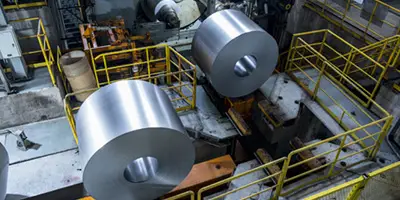
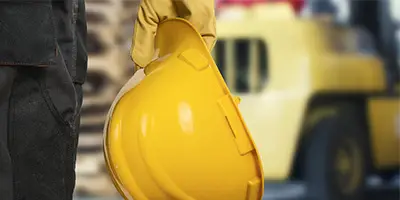
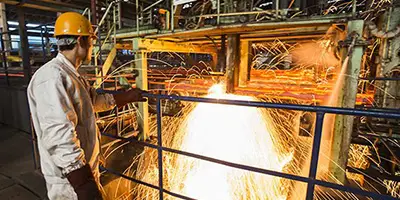
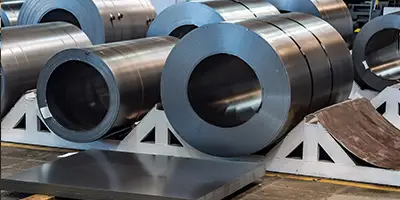

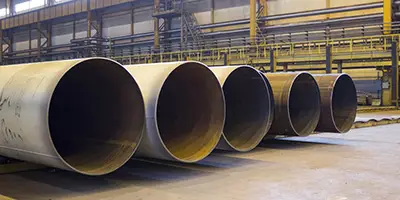
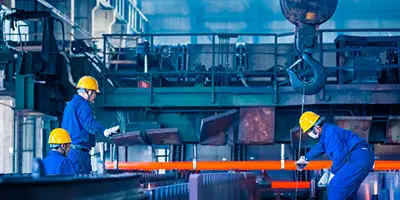
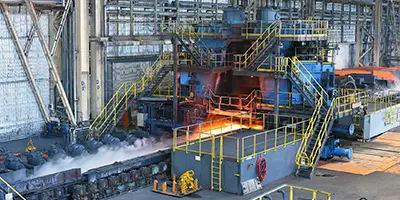
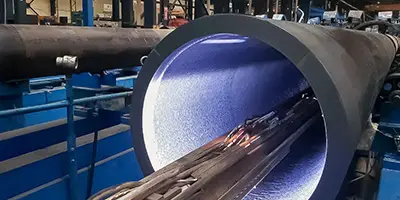
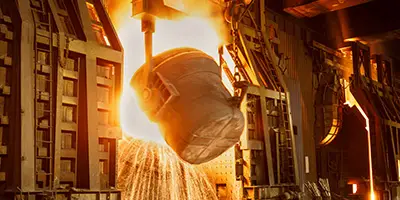
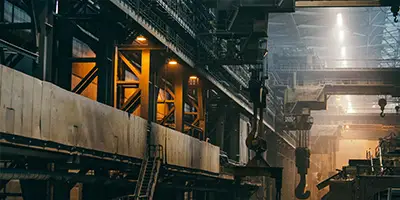
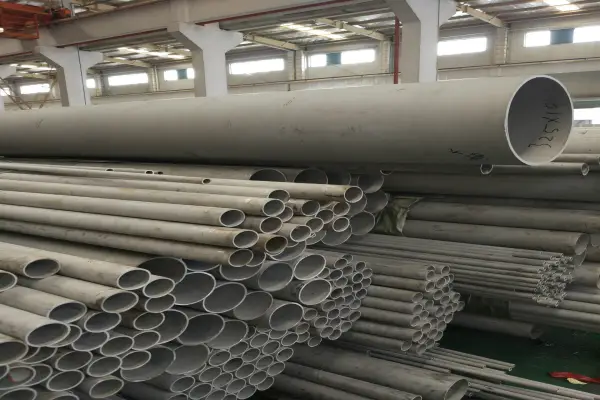
 Phone :
Phone :  Whatsapp :
Whatsapp :  Email :
Email : 


